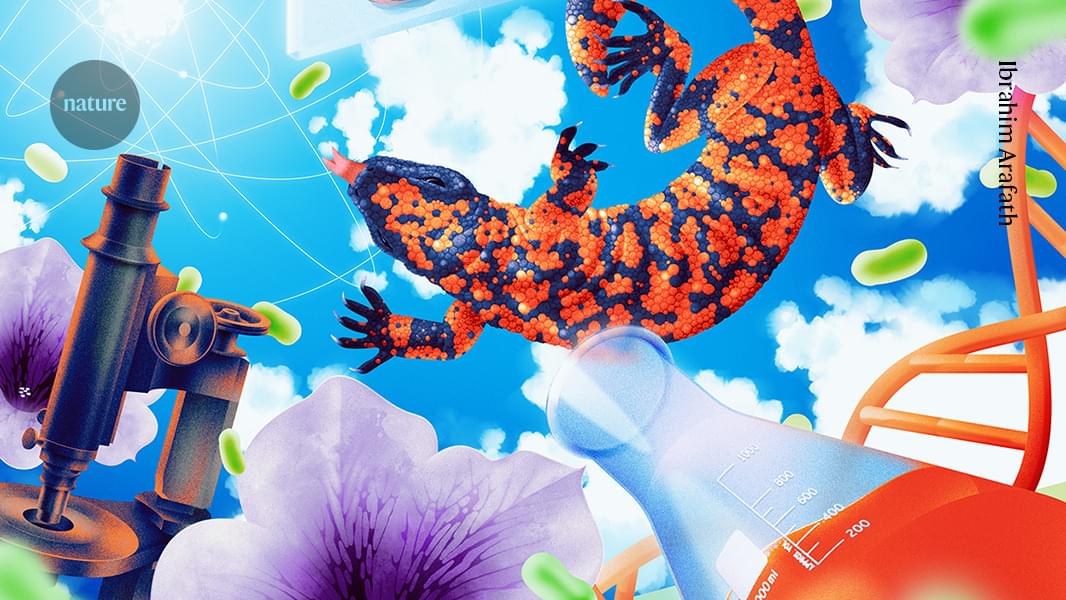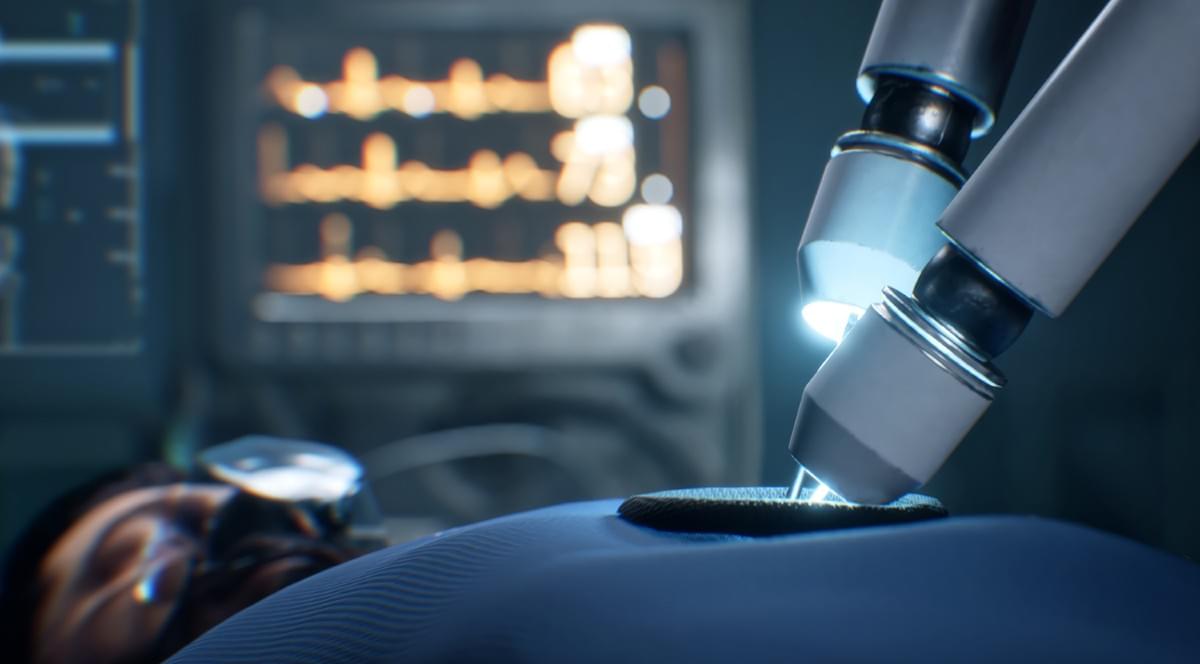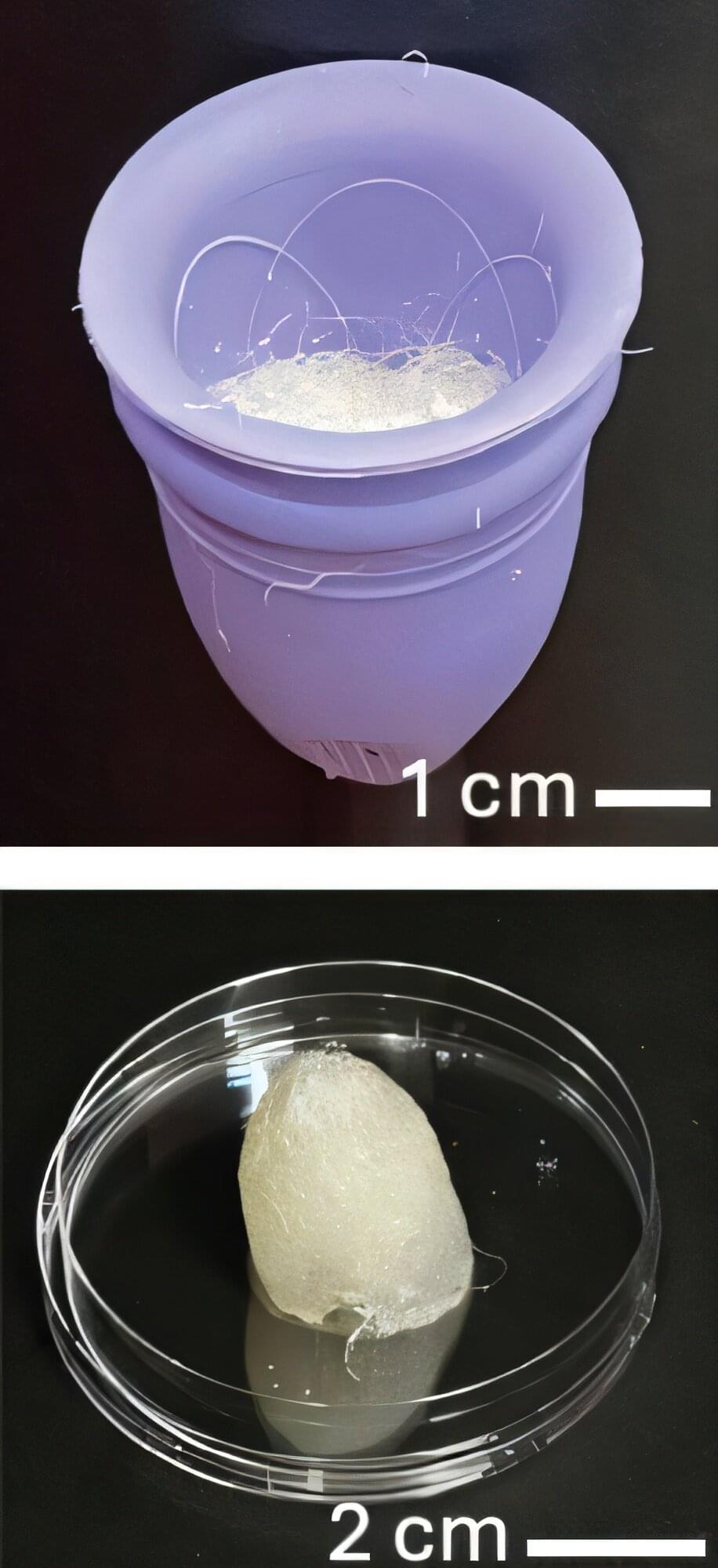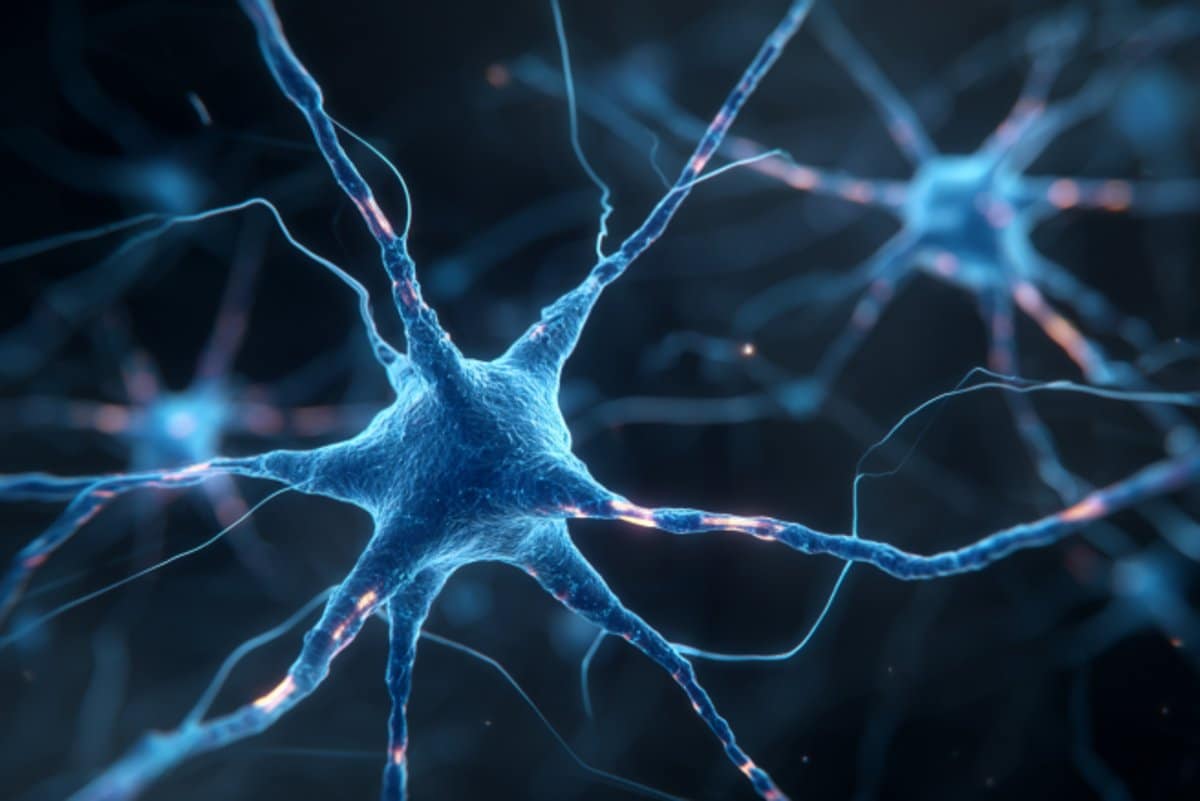Cell-based drug factories could produce therapies on demand inside patients



In a groundbreaking experiment that blurs the line between physics and art, researchers at the Max Planck Institute for the Structure and Dynamics of Matter (MPSD) in Hamburg have discovered a mesmerizing form of collective quantum behavior in Kagome crystals — a class of materials named after a traditional Japanese basket-weaving pattern. The study, published in Nature, reveals that electrons within these star-shaped lattices can synchronize like singers in a choir, producing a coherent “quantum song” that depends directly on the crystal’s geometric shape.
Quantum Coherence Beyond Superconductivity
Quantum coherence — the synchronized motion of particles acting as overlapping waves — is typically restricted to exotic states such as superconductivity, where electrons pair up and flow without resistance. In normal metals, this delicate coherence is quickly destroyed by scattering and collisions. But in the Kagome metal CsV₃Sb₅, the MPSD team observed something extraordinary: electrons maintained long-range coherence even without superconductivity.



A specialized shark-hunting pod of orcas in the Gulf of California has been caught on camera expertly targeting young great white sharks—flipping them upside-down to eat the energy-rich liver.
The pod, known as Moctezuma’s pod, could be taking advantage of warming waters altering shark nursery areas to hunt juveniles, which lack the experience to flee as older sharks do. These observations suggest that orcas may hunt white sharks more often than we realized. However, a broader survey collecting more data is needed to draw strong conclusions.
“I believe that orcas that eat elasmobranchs—sharks and rays—could eat a great white shark, if they wanted to, anywhere they went looking for one,” said marine biologist Erick Higuera Rivas, project director at Conexiones Terramar and Pelagic Life and lead author of the article in Frontiers in Marine Science.

Reusable menstrual cups reduce waste and are more cost-effective than single-use pads and tampons. But some people avoid the cups because they require thorough cleaning and are sometimes messy to empty. To solve these problems, researchers coated a commercially available silicone cup in silicone oil and created a plant-based, absorbent tablet. These design adjustments could make menstrual cups safer and easier to use, according to a study published in ACS Applied Materials & Interfaces.
“This research bridges advanced engineering and women’s health, creating a menstrual product that is not only self-cleaning and sustainable, but also opens doors for future health monitoring,” says Tohid Didar, one of the senior researchers of this study from McMaster University.
Nearly 2 billion people menstruate, and their desire for sustainable, reusable options—menstrual cups, disks and period underwear—is rising. Menstrual cups are designed to hold more fluid than tampons, allowing longer wear than the disposable option, and they can be cleaned and reused for years.

Scientists have uncovered a breakthrough in the fight against a rare genetic condition that causes children to age much faster than normal. The discovery involves “longevity genes” found in people who live exceptionally long lives, often beyond 100 years. Researchers from the University of Bristol and IRCCS MultiMedica found that these genes, which help maintain the health of the heart and blood vessels during aging, could reverse some of the damage caused by this devastating disease.
The study, published in Signal Transduction and Targeted Therapy, is the first to show that a gene from long-lived individuals can slow down heart aging in a model of Progeria. Known scientifically as Hutchinson-Gilford Progeria Syndrome (HGPS), this rare and fatal disorder causes children to exhibit signs of “accelerated aging.”
Progeria stems from a mutation in the LMNA gene, which leads to the creation of a harmful protein called progerin. This protein disrupts normal cell function, particularly in the heart and blood vessels. Most affected children die in their teenage years from heart complications, though some, like Sammy Basso — the oldest known person with Progeria — live longer. Sammy passed away on October 24, 2024, at the age of 28.
Researchers at ETH Zurich have developed artificial muscles that contain microbubbles and can be controlled with ultrasound. In the future, these muscles could be deployed in technical and medical settings as gripper arms, tissue patches, targeted drug delivery, or robots.
It might look like a simple material experiment at first glance, as a brief ultrasound stimulation induces a thin strip of silicone to start bending and arching. But that’s just the beginning. A team led by Daniel Ahmed, Professor of Acoustic Robotics for Life Sciences and Healthcare, has developed a new class of artificial muscles: flexible membranes that respond to ultrasound with the help of thousands of microbubbles.
The work is published in the journal Nature.

